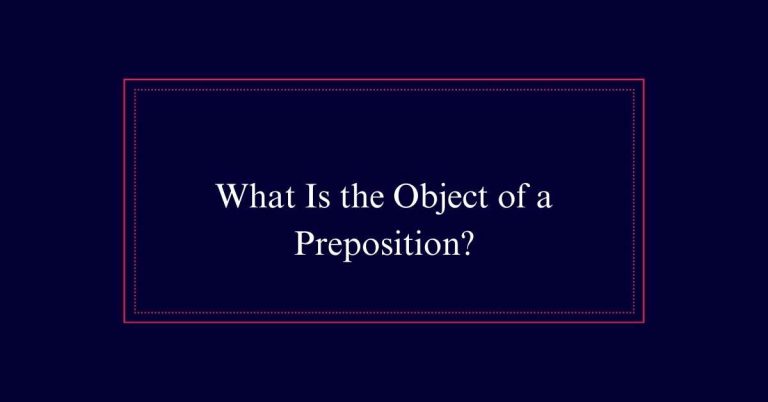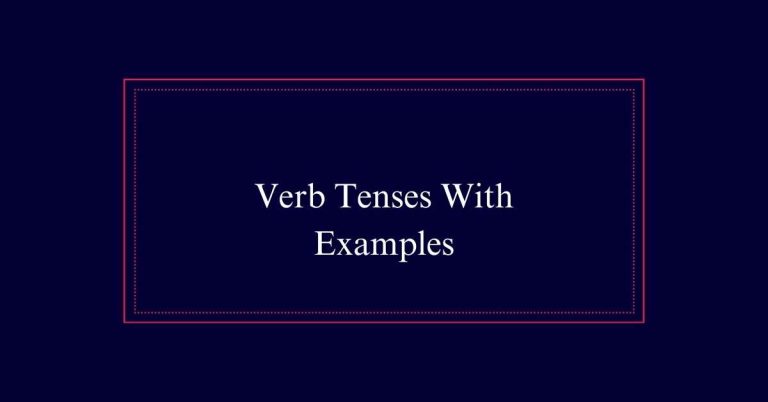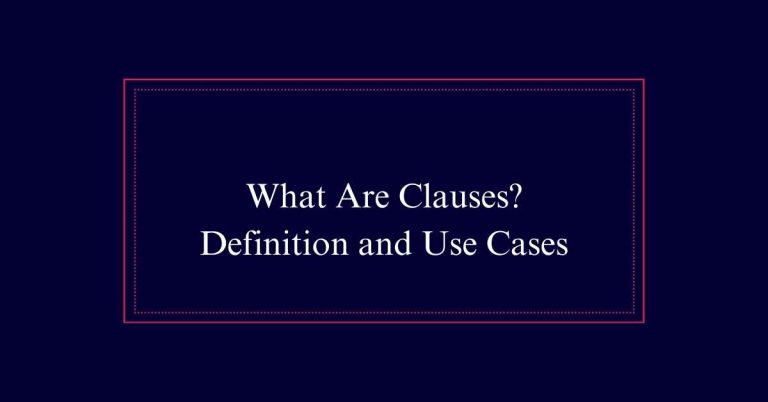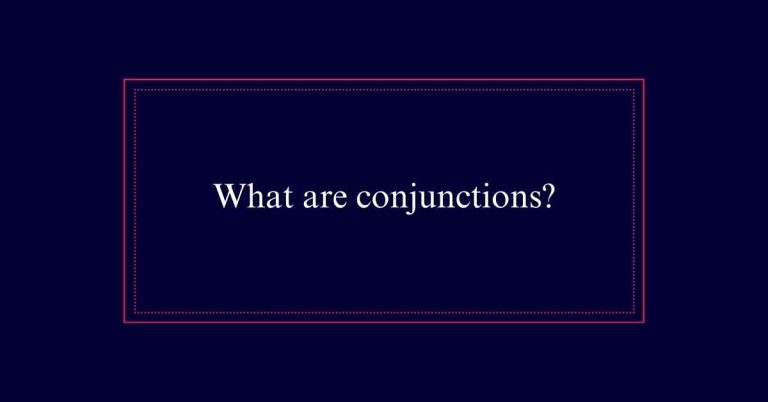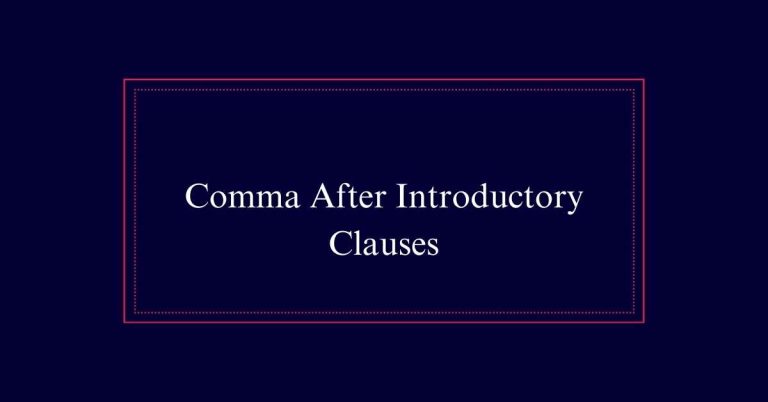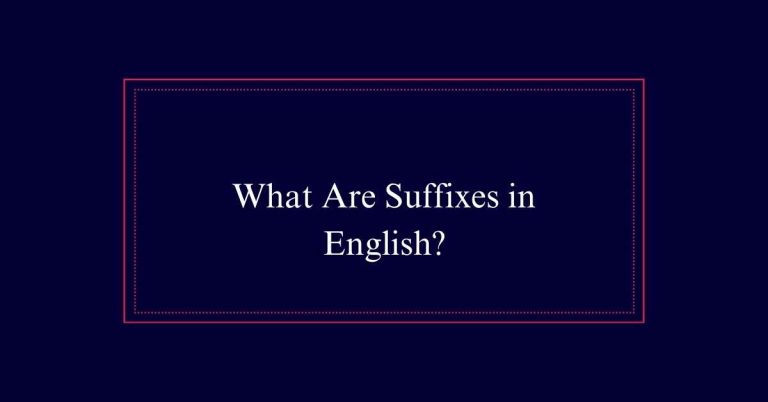When to Use an Em Dash?
An em dash is a versatile punctuation mark used to add emphasis, set off parenthetical information, and clarify complex sentences. It can replace commas, parentheses, or colons for a more dramatic effect.
Use an em dash to highlight important details, separate appositives containing commas, or indicate an abrupt change in thought.
Typing an em dash varies by device: Shift + Option + Minus (-) for Mac and Ctrl + Alt + Minus (-) on the numeric keypad for Windows.
What Is an Em Dash?
An em dash is a punctuation mark that is named after its length, which is roughly equivalent to the width of a capital letter ‘M’. It is longer than both the en dash and the hyphen.
The em dash serves multiple functions in writing. It can replace commas, parentheses, or colons. This versatile mark is often used to set off parenthetical information. It provides a stronger break than a comma and adds emphasis.
Additionally, em dashes can clarify complex sentences by separating appositives that contain commas.
Typing an Em Dash
To type an em dash, you can use specific keyboard shortcuts on your device. On a Mac, press Shift + Option + Minus (-).
For Windows users, the shortcut is Ctrl + Alt + Minus (-) on the numeric keypad. These shortcuts guarantee you can insert an em dash quickly and efficiently.
If you are using a word processor like Microsoft Word or Google Docs, you can also find the em dash in the symbols menu.
Em Dash Vs. Hyphen
Understanding the differences between an em dash and a hyphen is crucial for effective writing. An em dash (—) is longer than a hyphen (-). It is used to create a break in a sentence or to set off additional information.
Hyphens, on the other hand, connect words or parts of words, such as in compound adjectives (e.g., well-known author) and compound nouns (e.g., mother-in-law).
Em dashes add emphasis or indicate an interruption. Hyphens serve a simpler role in joining elements within a word.
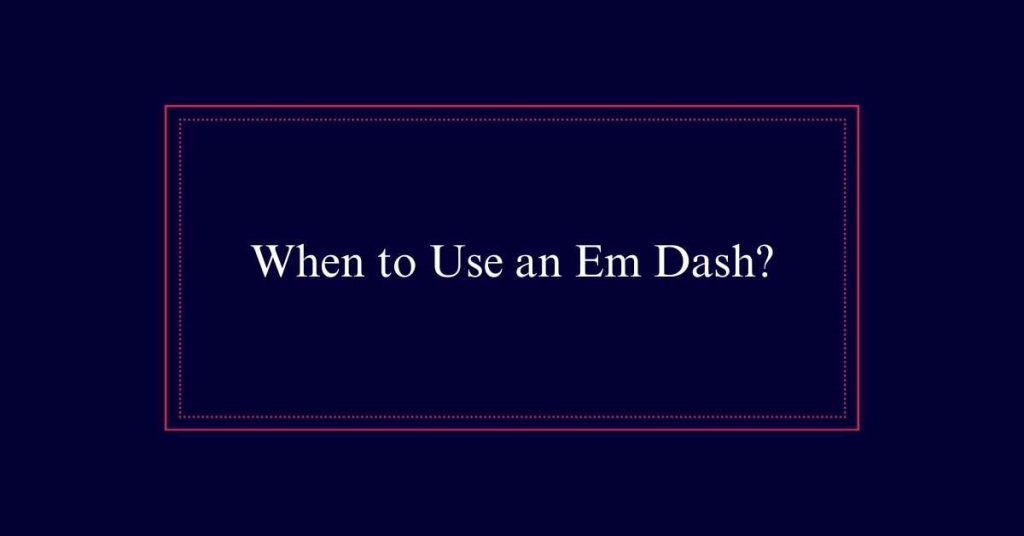
Setting Off Parentheticals
Many writers use em dashes to set off parenthetical information for added emphasis.
Em dashes can highlight important details within a sentence. Unlike parentheses, which can make information feel secondary, em dashes draw readers’ attention.
For example, ‘The project—despite numerous setbacks—was completed on time.’ Here, the em dashes emphasize the challenges faced.
Be consistent in spacing around the em dashes; typically, no spaces are used.
Appositives With Em Dashes
Another effective use of em dashes is to set off appositives, especially when they contain commas. Appositives provide additional information about a noun. When appositives include commas, em dashes offer clarity by distinctly setting them apart. This technique guarantees the sentence remains easy to read and understand.
Consider the following benefits of using em dashes with appositives:
- Clarity: Em dashes prevent confusion in complex sentences.
- Focus: They draw attention to the appositive.
- Flexibility: Em dashes can replace commas or parentheses.
- Visual Appeal: They enhance the visual structure of the sentence.
For example: ‘My friend—an avid reader, writer, and artist—loves attending literary events.’ Here, the em dashes clearly delineate the appositive, making the sentence more readable.
Focusing Lists With Em Dashes
Em dashes frequently bring focus to lists by seamlessly integrating them into the sentence. Instead of using a colon to introduce a list, an em dash can smoothly direct the reader’s attention. This technique emphasizes the list while maintaining the flow of the narrative.
For example, consider the sentence: ‘She packed everything she needed for the trip—sunscreen, a hat, comfortable shoes, and a book.’ Here, the em dash sets the stage for the items, making the list feel more connected to the initial clause. This method is particularly effective when the list is an extension of the thought, ensuring clarity and coherence.
Marking Sharp Turns in Thought
While em dashes are effective for focusing lists, they are equally valuable for marking sharp turns in thought. This punctuation mark is particularly useful in creative or informal writing, where it can signal interruptions or sudden changes in direction.
Em dashes can help convey the spontaneity of thoughts and dialogues, making the text more dynamic and engaging.
Here are some common uses for em dashes in marking sharp turns in thought:
- Introducing an unexpected idea or contrast.
- Indicating an interruption in dialogue.
- Emphasizing a sudden realization or change.
- Highlighting an aside or afterthought.
Em Dash Vs. En Dash
Understanding the difference between an em dash and an en dash is essential for precise writing. An em dash (—) is longer than an en dash (–) and is used to set off parenthetical information, appositives, or to indicate sharp turns in thought. It draws attention and adds emphasis.
In contrast, an en dash is shorter and serves different functions. It is commonly used to indicate ranges, such as ’10–20 years,’ or to act as a super-hyphen in compound modifiers, like ‘New York–London flight.’
Examples of Em Dash Usage
Several examples can illustrate the versatility and effectiveness of the em dash in writing. The em dash can enhance clarity, add emphasis, and create a more engaging reading experience.
Here are a few ways to use it:
- Setting off parenthetical information: The project—which was delayed—finally launched.
- Clarifying appositives with commas: My brother—John, the musician—will perform tonight.
- Focusing a list: Three essential tools—pen, paper, and creativity—are needed.
- Marking sharp turns in thought: She was ready to leave—no, wait, she forgot her keys.
Consistency in Em Dash Spacing
Consistency in spacing around em dashes is key to maintaining a polished and professional appearance in writing. Writers must decide whether to use spaces around em dashes and stick to that choice throughout the text.
Both styles—using spaces or not—are important, but mixing them can look sloppy. For instance, ‘word—word’ and ‘word — word’ are both correct, but should not be used interchangeably. Whichever style you choose, apply it consistently. This helps maintain readability and demonstrates attention to detail.

